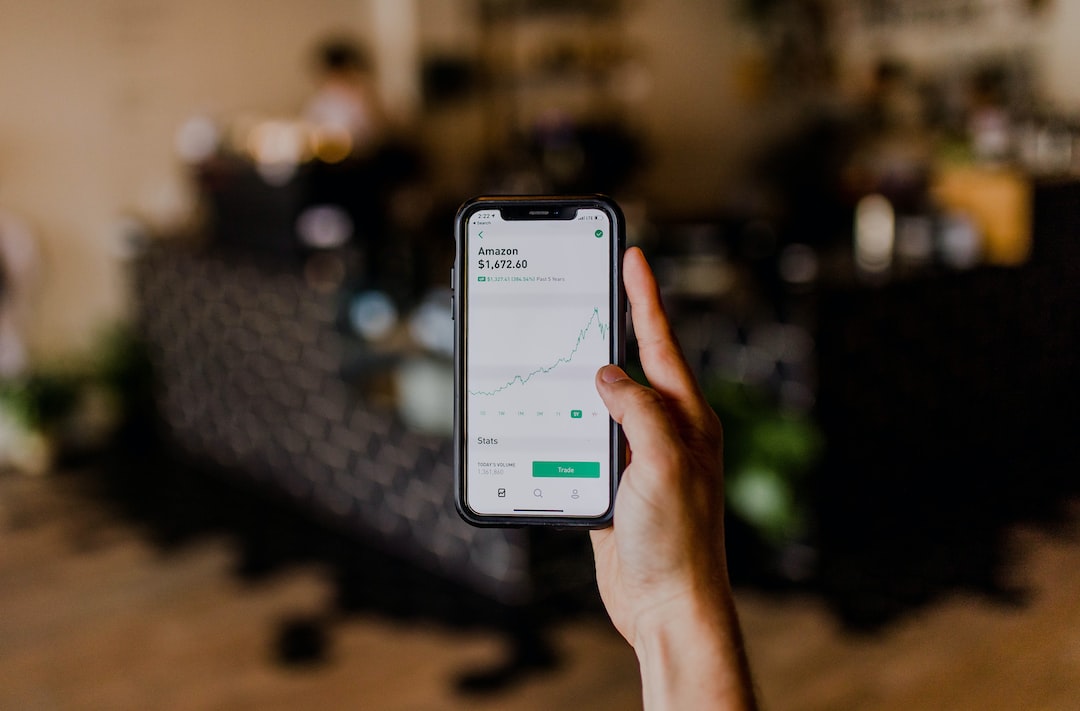Forex trading is a complex and dynamic market that involves the buying and selling of currencies from different countries. In order to analyze the market and make profitable trades, traders use a variety of tools and strategies. One of the most important concepts in forex trading is time periods. In this article, we will explain what time periods are in forex trading and how they can be used to make informed trading decisions.
What are time periods in forex trading?
Time periods, also known as time frames, refer to the duration of time that a trader chooses to analyze the market. Forex charts are typically displayed in different time periods, ranging from one minute to one month. Each time period provides a different view of the market, showing how prices have moved over a specific period of time.
The most commonly used time periods in forex trading are:
1. Short-term time frames: Short-term time frames typically range from one minute to one hour. These time frames are used by traders who are looking for quick profits and are willing to take on higher risks. Short-term traders use technical analysis tools such as moving averages, oscillators, and candlestick patterns to identify trading opportunities.
2. Medium-term time frames: Medium-term time frames range from four hours to one day. These time frames are used by traders who are looking for trades that last several days to several weeks. Medium-term traders use technical and fundamental analysis to identify trading opportunities.
3. Long-term time frames: Long-term time frames range from one week to one month or more. These time frames are used by traders who are looking for trades that last several months to several years. Long-term traders use fundamental analysis to identify trading opportunities.
Why are time periods important in forex trading?
Time periods are important in forex trading because they provide different levels of information about the market. This information can be used to identify trading opportunities and make informed trading decisions. For example, short-term traders may use short-term time frames to identify short-term trends and make quick trades. Medium-term traders may use medium-term time frames to identify longer-term trends and make trades that last several days to several weeks. Long-term traders may use long-term time frames to identify long-term trends and make trades that last several months to several years.
How do traders use time periods in forex trading?
Traders use time periods in forex trading in different ways. Some traders prefer to use a single time period to analyze the market, while others use multiple time periods to get a more complete view of the market. Here are some common ways that traders use time periods in forex trading:
1. Trend identification: Traders use time periods to identify trends in the market. A trend is a general direction that prices are moving in over a specific period of time. Traders look for trends to identify trading opportunities.
2. Entry and exit points: Traders use time periods to identify entry and exit points for their trades. Entry points are the price levels at which a trader enters a trade, while exit points are the price levels at which a trader exits a trade. Traders use technical and fundamental analysis to identify entry and exit points.
3. Risk management: Traders use time periods to manage their risk. Short-term traders may use tighter stop-loss orders to limit their risk, while long-term traders may use wider stop-loss orders to allow for more volatility in the market.
Conclusion
Time periods are an important concept in forex trading. They provide different levels of information about the market, which can be used to identify trading opportunities and make informed trading decisions. Traders use time periods in different ways, depending on their trading style and risk tolerance. By understanding time periods in forex trading, traders can improve their chances of success in the market.





